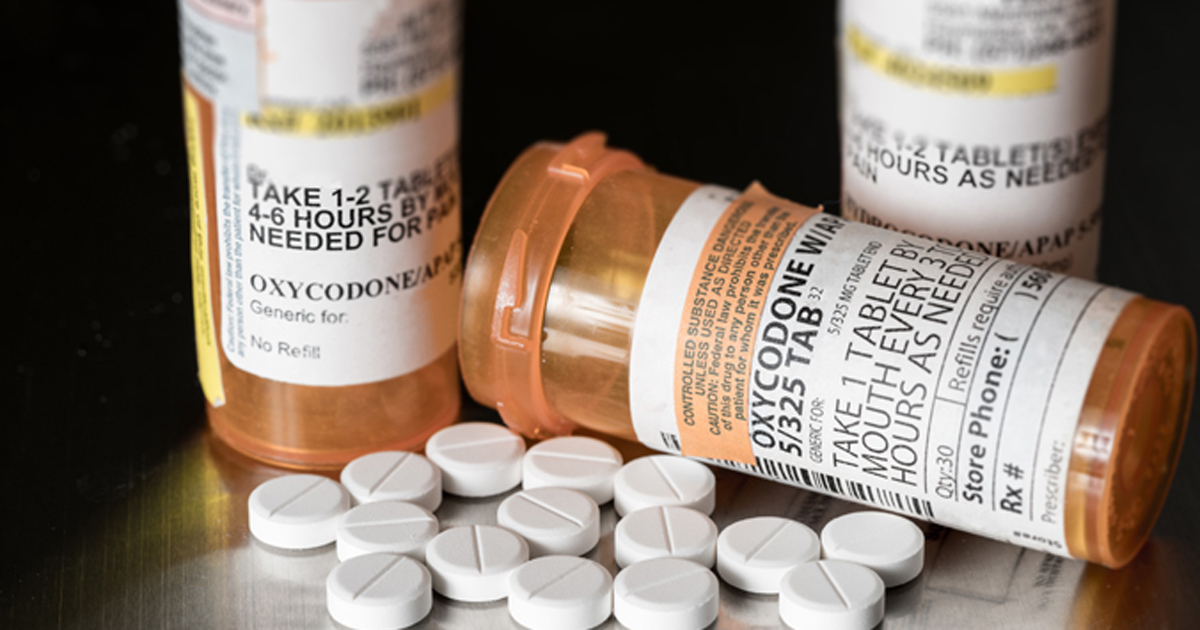When initial treatment for low back pain fails
Click Here to Manage Email Alerts

PHILADELPHIA — The opioid crisis has prompted many physicians to seek alternatives to treating low back pain, a condition that has affected approximately 25% of all adults for at least 1 day in the past 3 months, according the ACP.
“There’s no magic bullet treatment for lower back pain,” Obidiugwu Kenrik Duru, MD, MSHS, professor of the department of medicine, David Geffen School of Medicine at the University of California Los Angeles, told attendees of the ACP Internal Medicine meeting.
He encouraged physicians with patients who have acute or subacute low back pain less than 12 weeks in duration to offer ‘Plan B’: a combination of pharmacological options such as muscle relaxers or non-acetaminophen NSAIDs and nonpharmacological treatments such as cognitive behavioral therapy, mindfulness, acupuncture, chiropractic care, and positive reinforcement.
Positive reinforcement can be surprisingly effective, and a little bit can go a long way towards a patient’s recovery, Duru said.
“Give your patients something they can look at that reminds them that pain usually goes away over time. It’s worth taking 2 minutes ... to reassure and advise our patients of this,” he said.
Patients with an open mind are more likely to benefit from a nonmedical Plan B, he said.
“There are good data that suggest patients who are open to nonpharmacological approaches have greater success with them. Patients who seem resistant, or think their pain is the worst thing that they have experienced, are not likely to benefit,” he said.
Duru also discussed epidural steroid injections, another low back pain treatment option.
“The FDA has not approved using these injections for this purpose. Studies have shown them to be minimally effective vs. placebo. I would not recommend them unless all these other treatments have been exhausted without success,” he said.
“If your patient still wants these injections, it is your responsibility to advise these patient and warn them of the side effects” such as spinal bone and spinal muscle weakening, skin thinning, loss of skin color, facial flushing, insomnia, moodiness and high blood sugar, according to Duru.
Some patients will still insist on opioids, he said. In these instances, physicians should start ’Plan C’ by prescribing immediate-release opioids at the lowest dose for 3 days or less, and keep in mind that prescriptions of more than 7 days are “rarely required.” Duru suggested physicians consult the CDC 2016 Opioid Prescription Guidelines for more specific instructions.

He noted that regardless of the treatment method used, physicians need to work with their patients until their back pain reaches the point where they can function in their daily life, such as work on an assembly line all day, sit at a computer for hours at a time, or carry heavy objects from one location to another. He cautioned these tolerance levels will vary by patient and may not always mean the pain is completely eliminated.
Clinicians will always have patients who are looking for a quick, easy solution, Duru told Healio Primary Care Today.
“Many patients think it’s just easier to take a pill. Many doctors were trained to prescribe pills. It’s harder to step back and a lot more time-consuming to look at the psychological factors that could be impacting the pain. But we need to readjust this thinking and recognize that the best weapon we have with these patients is time,” he said. – by Janel Miller
References:
Duru OK. “Back pain: Get your patient back in the game.” Presented at: American College of Physicians Internal Medicine Meeting; April 11-13, 2019; Philadelphia.
Mayo Clinic. “Epidural sterioid injections. Why limited dosing? https://www.mayoclinic.org/diseases-conditions/back-pain/expert-answers/epidural-steroid-injections/faq-20058277. Accessed April 5, 2019.
Qaseem A, et al. Ann Intern Med. 2017;doi:10.7326/M16-2367.
Disclosures: Duru reports no relevant financial disclosures.

